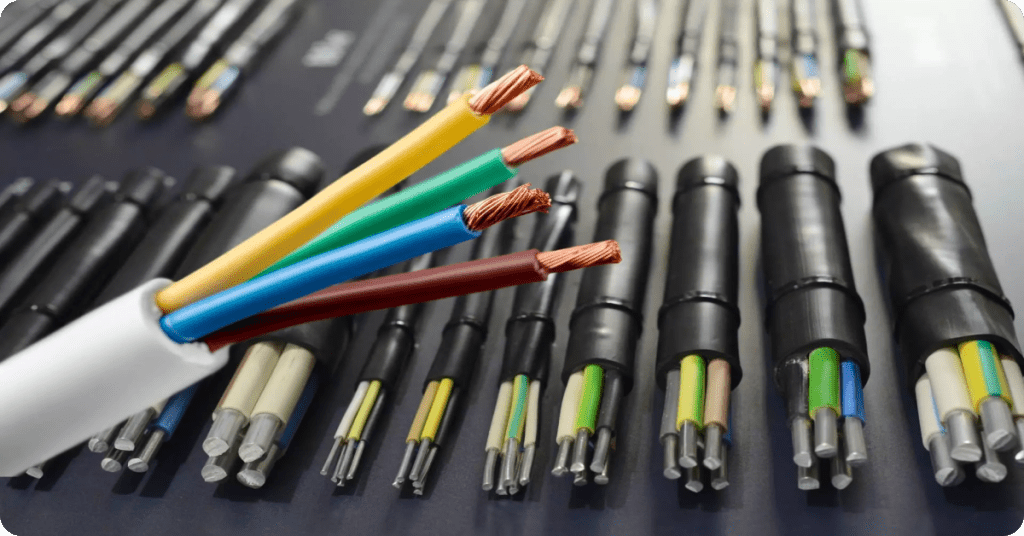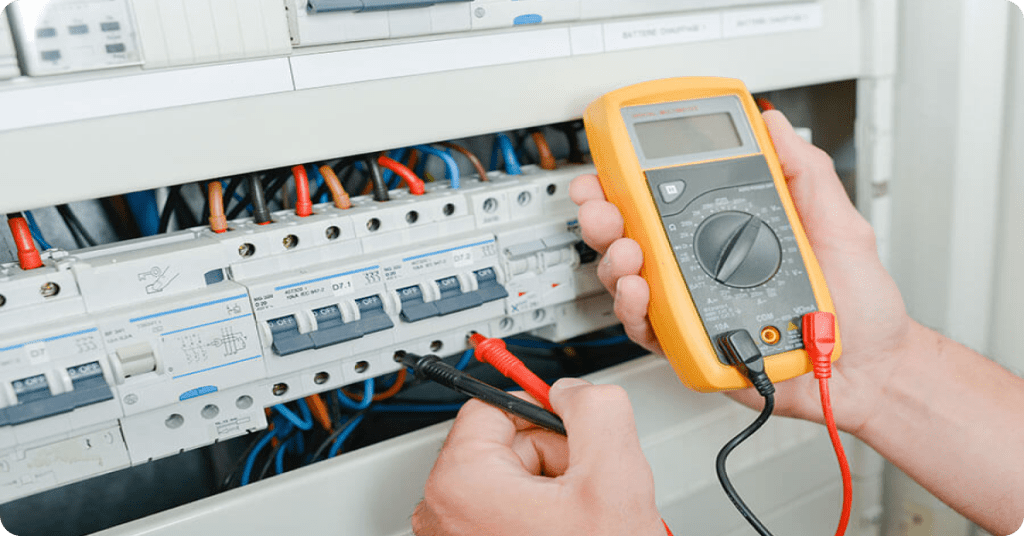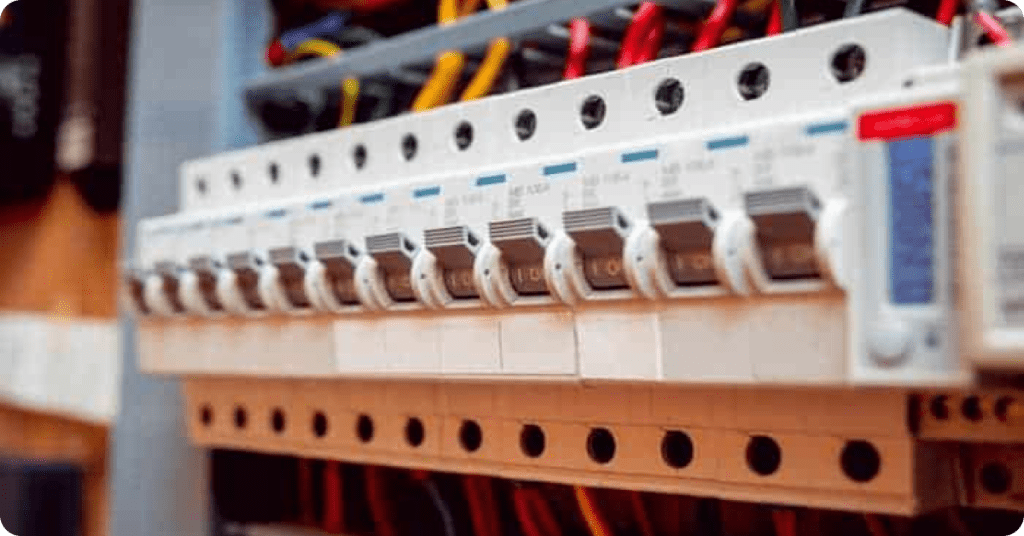Everything you need to know about aluminum wiring in your house from potential dangers to remedies told by an actual licensed, master electrician.
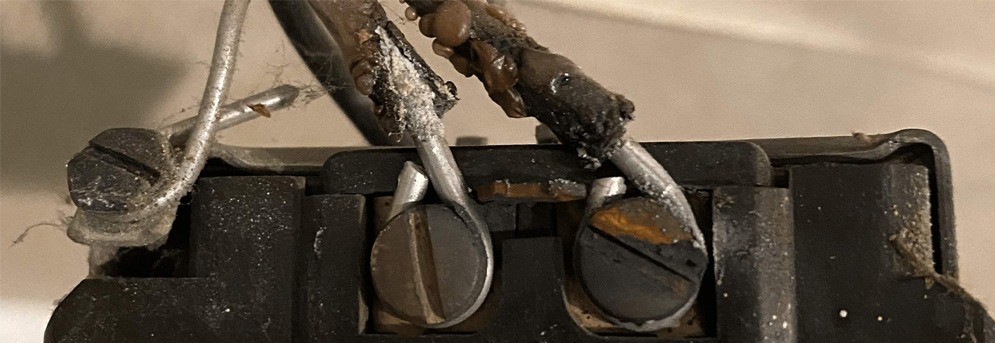
What You Need To Know About Aluminum Wiring In Houses
There are many websites with good yet often impractical information on aluminum wiring in houses. The potential dangers are downplayed by some high ranking home inspector sites or over exaggerated by insurance companies, in both cases written by those who have likely never even physically seen aluminum wiring, or any wiring for that matter. I’d like to offer a professional article on aluminum wiring which I have been dealing with and replacing during my entire career in the electrical industry as a master electrician. Read on to learn when aluminum wiring was used, potential dangers, how to identify aluminum wiring, and remedies when dealing with homes with aluminum wiring.
When Was Aluminum Wiring Used?
Aluminum wiring was used in homes for branch circuit wiring from the mid 1960’s through the mid 1970’s. There is no set definite year of when Aluminum wire was implemented but I have seen it most often in homes built or renovated between the years of 1965-1972. Before and during the beginning of the Vietnam War, the private (American) copper-mining industry lost a large portion of its equity and influence on copper and copper prices due to various international affairs1. Contractors and builders in the business of building houses needed an alternative to get homes wired and also remain competitive. In the early 1960’s, aluminum wire in sizes 12AWG and 10AWG was approved to be used in residential home wiring and went into production with aluminum alloy AA-1350. This was the same alloy used in distribution cables at the time. As time went on, we learned that this alloy was not so good for use as an electrical conductor due to the inherent properties of Aluminum when in contact with a dissimilar metal with electricity flowing through it. Some confusion arises today as aluminum wiring is extensively used in larger applications such as service conductors, sub panel feeds, and electric ranges. The aluminum wiring used today is a different alloy, AA-8000, which has proven to be extremely reliable and is typically terminated to aluminum lugs and terminations.
Is Aluminum Wiring in Houses Bad?
In the late 1960’s and early 1970’s the cost of copper prohibitive due to the macro environment at the time. Nobody knew it was prone to failure at the time of installation. Although there certainly have been many an electrical fire from Aluminum wiring, these conditions are very often caused by preventable circumstances and typically not the actual wire itself; overloading the circuits, poor workmanship, and dissimilar metals (specifically in pre-1972 Aluminum wiring) are among the top contenders for the failure of aluminum wiring. A study conducted by The Franklin Research Institute on behalf of the Consumer Product Safety Commission revealed that homes “built before 1972, and wired with aluminum, are 55 times more likely to have one or more wire connections at outlets reach “Fire Hazard Conditions” than homes wired with copper2” This does not mean your house is going to burn down tomorrow but it is a startling statistic and I would encourage you to take action. If you suspect your home was built with aluminum wiring manufactured before 1972 (built between 1965-1972), it is most definitely worth having it looked at by a licensed electrician. The cost of remediation can not even be compared to the potential dangers of a house fire.
Why Does Aluminum Wire Fail?
Failures with aluminum wiring occur at the termination points. This can be between the wire and a circuit breaker, receptacle, another wire, or any other device. Most of the time the failure happens at receptacle terminations rather than at light fixtures due to poor connections. The culprit lies in the electron flow (electrical current) between the dissimilar metals (aluminum wiring spliced to copper wiring). The result is excessive heat, expansion and contraction of the wire, oxidation, more resistance, and then failure. Many times this results in loose connections and then arcing. Ideally the arcing is within the electrical box and a correctly sized breaker trips. This brings us to another reason aluminum wire fails; incorrect circuit breaker sizing.
Any experienced electrician knows that the amperage rating for copper wire is higher than that of aluminum wire. What unfortunately happens is that someone comes along and replaces a properly sized circuit breaker in the electrical panel with an incorrectly sized breaker. The most common wire sizes and breakers in a home are 14AWG copper which is protected by a 15A circuit breaker and 12AWG copper which is protected by a 20A circuit breaker. There is no 14AWG aluminum, 12AWG aluminum is protected by a 15A breaker, and 10AWG is protected by a 20A breaker. Still with me?
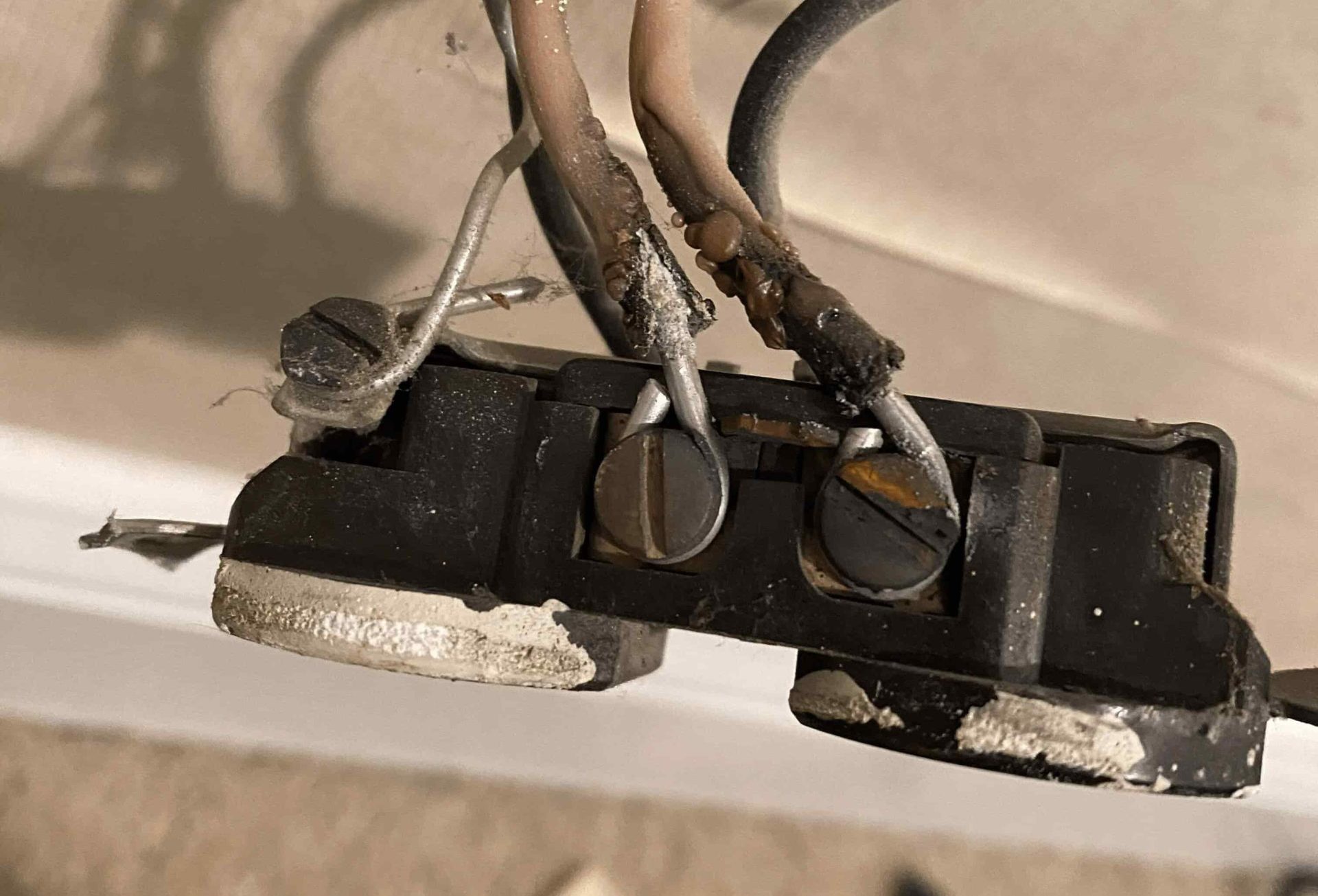
What does Aluminum Wiring Look Like?
The outer jacket of aluminum wiring came in a few variants that I’ve seen. Most common a white rubber jacket, sometimes a white braided cloth, and sometimes a black rubber jacket. If you have romex in an unfinished part of the home you will be able to read right off of the jacket to see if it is aluminum. DO NOT touch any of the wires, even if they look like they’re in good shape.
Here is what a white braided jacket looks like, note “Aluminum” written on the jacket:
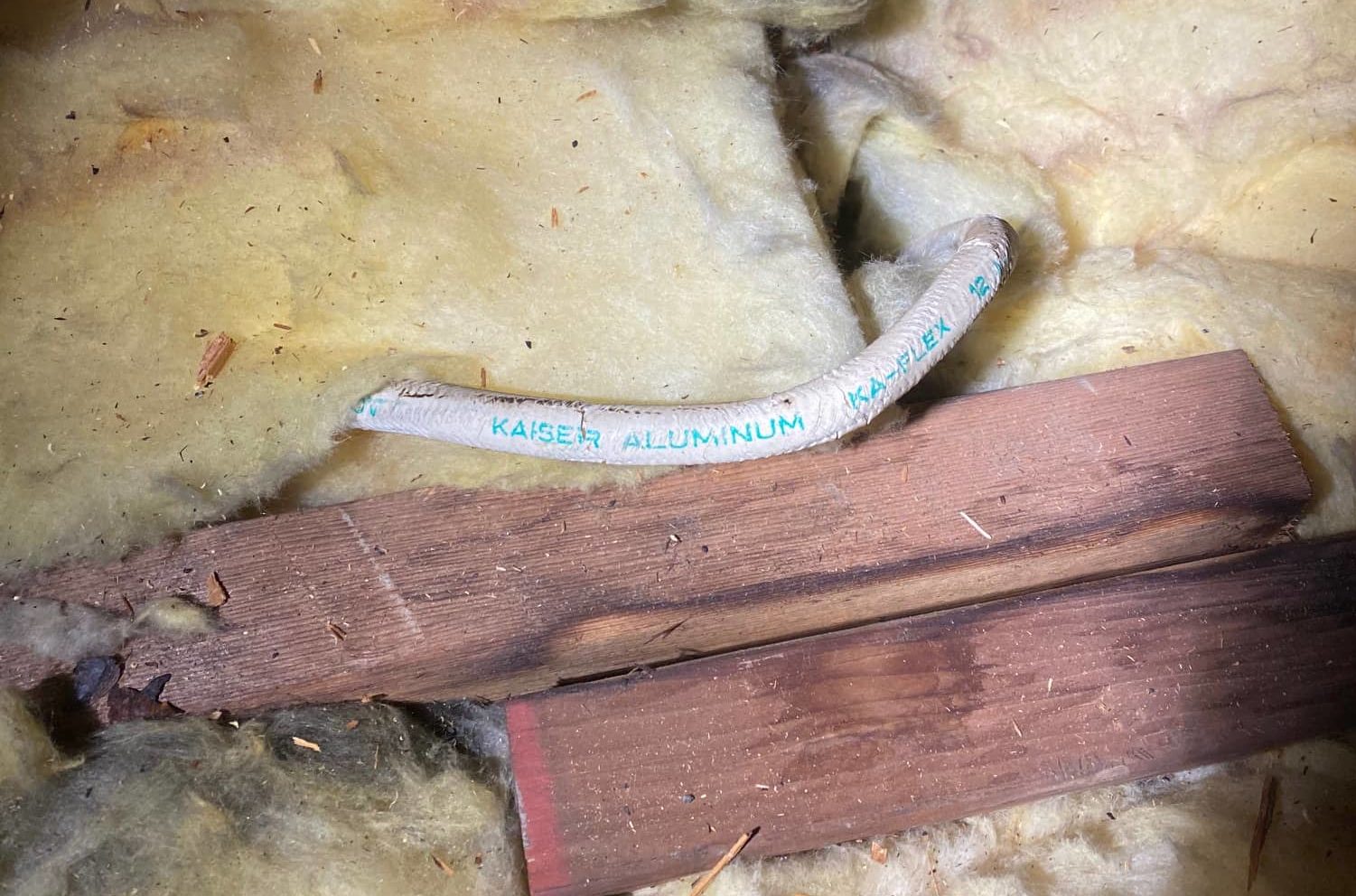
The actual conductors inside of the jacket look similar to copper conductors but when stripped (and not burned) exposes a bright, shiny aluminum. See below:

Aluminum Wiring Remedies
The CPSC (Consumer Product Safety Commission) recommends the following as potential remedies:
1. Rewire the house/aluminum circuits
2. COPALUM crimps
3. Acceptable alternative methods (AlumiConn connectors, Ideal #65 wirenuts)
Let’s discuss these in more detail and explain what is involved with each of these aluminum wiring repair methods.
1. Rewiring the house:
By far the best solution and it honestly pains me to say so. If my house had aluminum wiring this is the path I would take. Like all things in life, the best solution here also tends to be the most costly because of the difficulty involved. It is the ONLY solution that results in absolute permanent repair in my opinion because the questionable electrical conductors are now out of the equation. If your home is a ranch style home with an unfinished basement or accessible attic, you’re in good shape. If your home is a split ranch type with no access below or above some of the rooms, the process is going to be more invasive and expensive. Drywall will most likely need to be removed in various locations for the new circuits to be installed. “You have to crack an egg to make an omelet”.
2. COPALUM crimps:
I’ll be subjective here, I don’t like this. In my years as a master electrician and remediating aluminum wiring (on Long Island we have lots of aluminum wired homes) I’ve only met a few other contractors who have used the COPALUM crimp connector repair system in the past and do not continue to do so. COPALUM is a system created by Tyco Electronics in which one needs to take a class on how to do their “cold weld” and then rent a special machine that only they make. At the time of writing this article, the COPALUM tool costs roughly $2000.00/month to rent because you can not purchase it outright. This does not include the cost of attending the training for an electrician to do COPALUM crimping plus the cost of the actual crimps. The crimping tool is cumbersome and does not always fit in to the work space where the repair is. The bottom line after all that is that you will still have aluminum wiring in the walls that could be an issue. From what I have seen, COPALUM is a fancy remedy claiming to be a permanent repair that makes no financial sense. Spend your money on new circuits if you were considering this route.
3a. AlumiConn Connectors:
Neat little devices that allow you to essentially pig tail the aluminum wire to a new copper wire without having to twist the wires together in the traditional way. This puts less stress on the aluminum wires when they’re being handled but the connectors and wiring will still need to be folded in to the box which again will put stress on the wires. Another interesting note is that many report that they can not adequately tighten the screws which need a very specific 10in-lbs or 15in-lbs depending on the wire size. The instructions recommend a torque screw driver or a specific amount of turns once contact with the conductor is made under the screw.
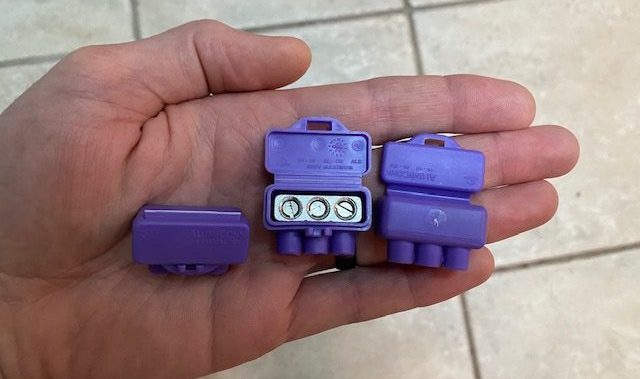
3b. Ideal #65 Wire Nuts:
While not specifically listed in the official CPSC Publication 516, Ideal Copper-Aluminum (#65) wire nuts are listed by UL for temporary repair of aluminum wiring. Proponents of COPALUM and other CPSC “approved” methods tend to ignore the fact that copper-aluminum wire nuts exist. According to Ideal these wire nuts “when used in accordance with the instructions included with the product provides a safe, effective, legal, and permanent solution to the problem of connecting copper conductors to existing aluminum branch circuit wiring. The IDEAL Model #65 TWISTER® AL/CU Connector complies with the N.E.C. Section 110-14b for aluminum to copper connections, and Federal Specification W-S- 610E, is UL 486C Listed, UL 467 Listed, UL 94V-2 flame rated, CSA C22.2 #188 Certified, and rated 105C (221F) for use in all branch circuit and fixture splicing applications.”3 They are technically listed for permanent repair. I have made lots of aluminum wiring repairs by pig tailing with Ideal #65’s, but I have also seen them fail (installed by others). I can’t speak for who installed them and if they were installed correctly but it definitely has shifted my perspective on them.
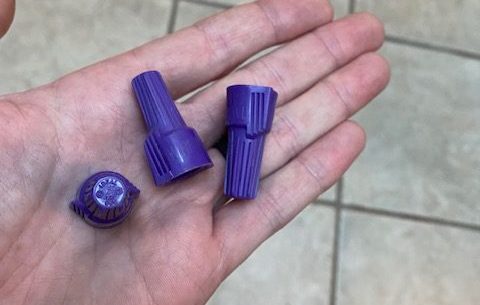
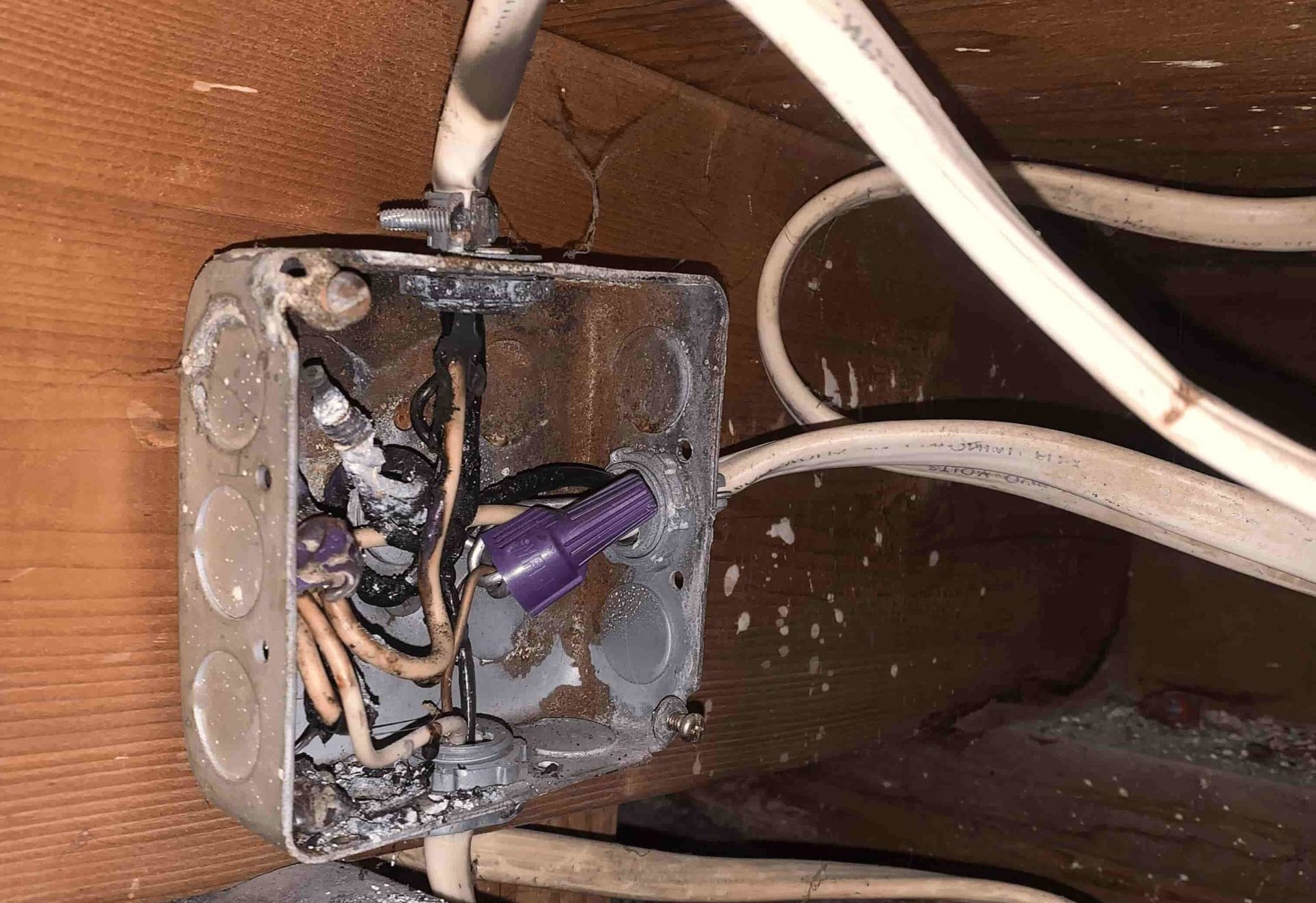
Consequences, and Closing Thoughts:
I need to REALLY emphasize the importance of hiring a licensed, experienced, professional electrician when dealing with aluminum wiring should you have it repaired via one of the above methods. I have too frequently seen the aluminum “repairs” fail because of improper attempted repair. If someone has spliced copper on to the aluminum at any point in the past there is a VERY high chance it will at the least overheat and melt.
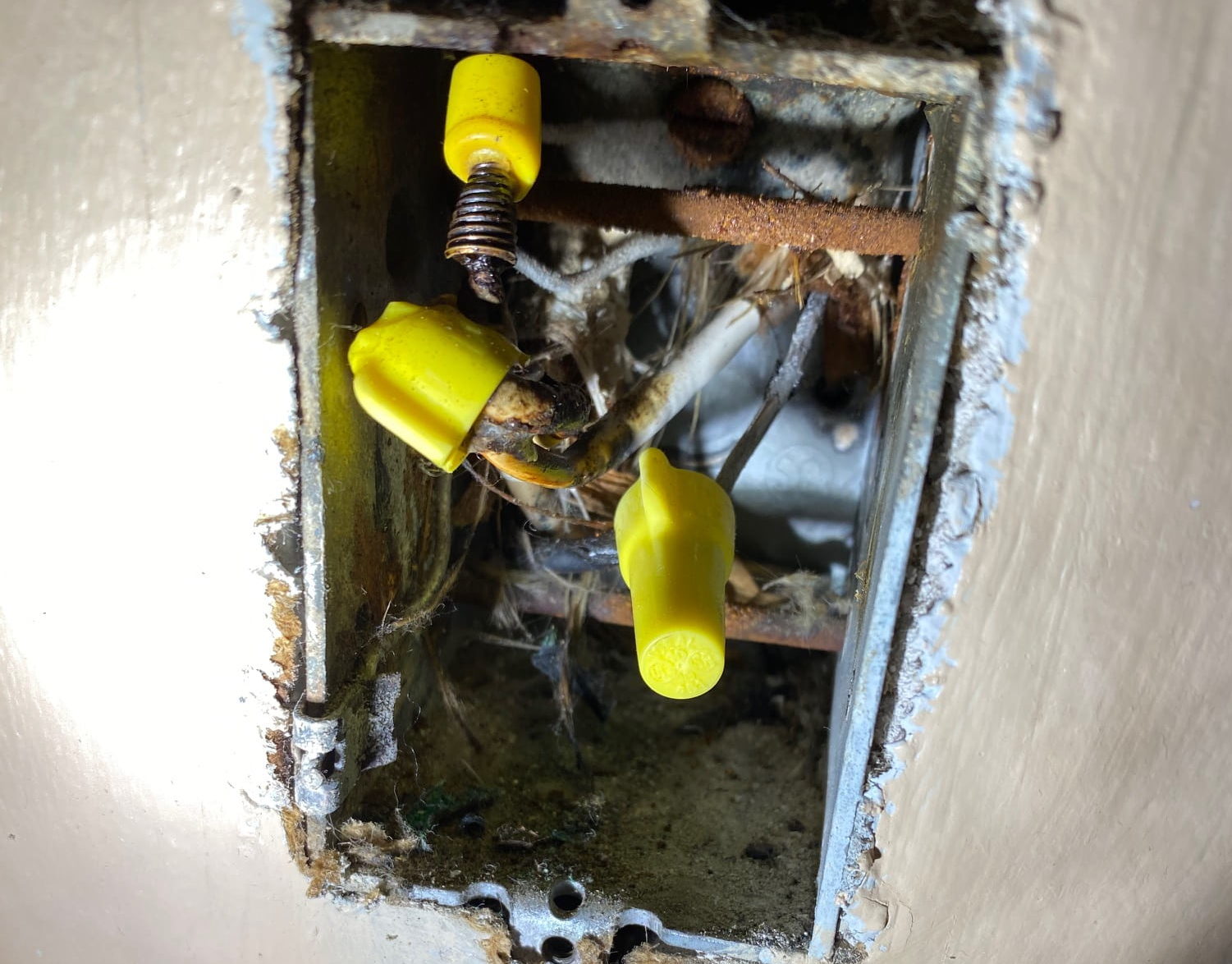
Thanks for reading. Feel free to contact us for more information or with questions on our contact form and check our official National Electrical Registry for a licensed electrical contractor near you that can help you with remediating aluminum wiring.
References:
- https://minerals.usgs.gov/minerals/pubs/commodity/copper/240798.pdf
- https://www.cpsc.gov/s3fs-public/516.pdf
- http://www.idealindustries.ca/media/pdfs/products/twister_al-cu_compliance.pdf
- http://www.structuretech1.com/wp-content/uploads/2012/10/Reducing-Hazards-with-Aluminum-Wiring.pdf
Aluminum wiring was used in home building roughly between the years of 1968-1973.
In short, aluminum wiring is much more prone to overheating and causing fires and needs to be remediated or replaced.
Yes, however the aluminum wiring used today is different and typically used for large applications such as the service entrance conductors. Don’t confuse this with branch circuit wiring of the 60’s and 70’s that were aluminum.

